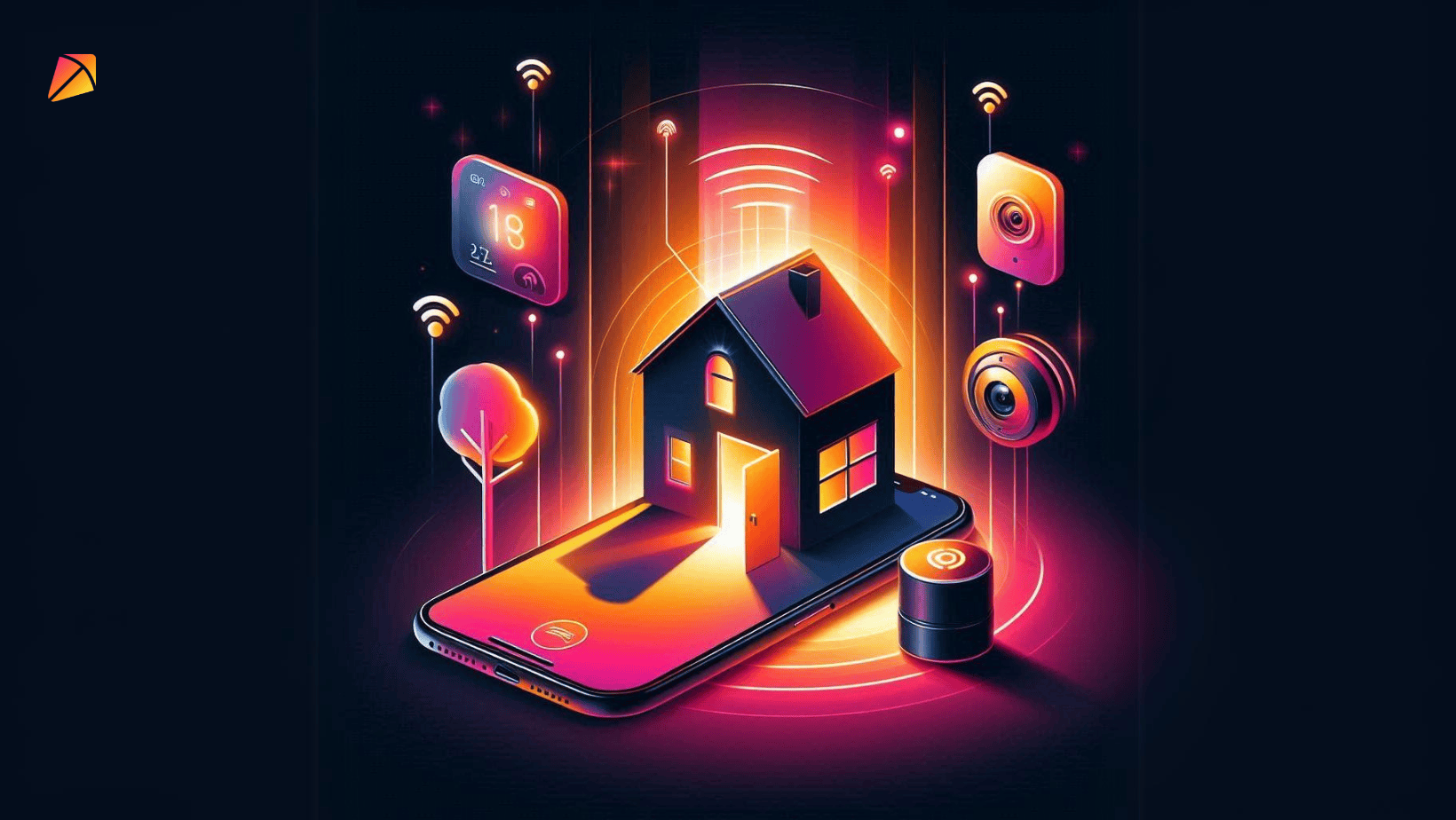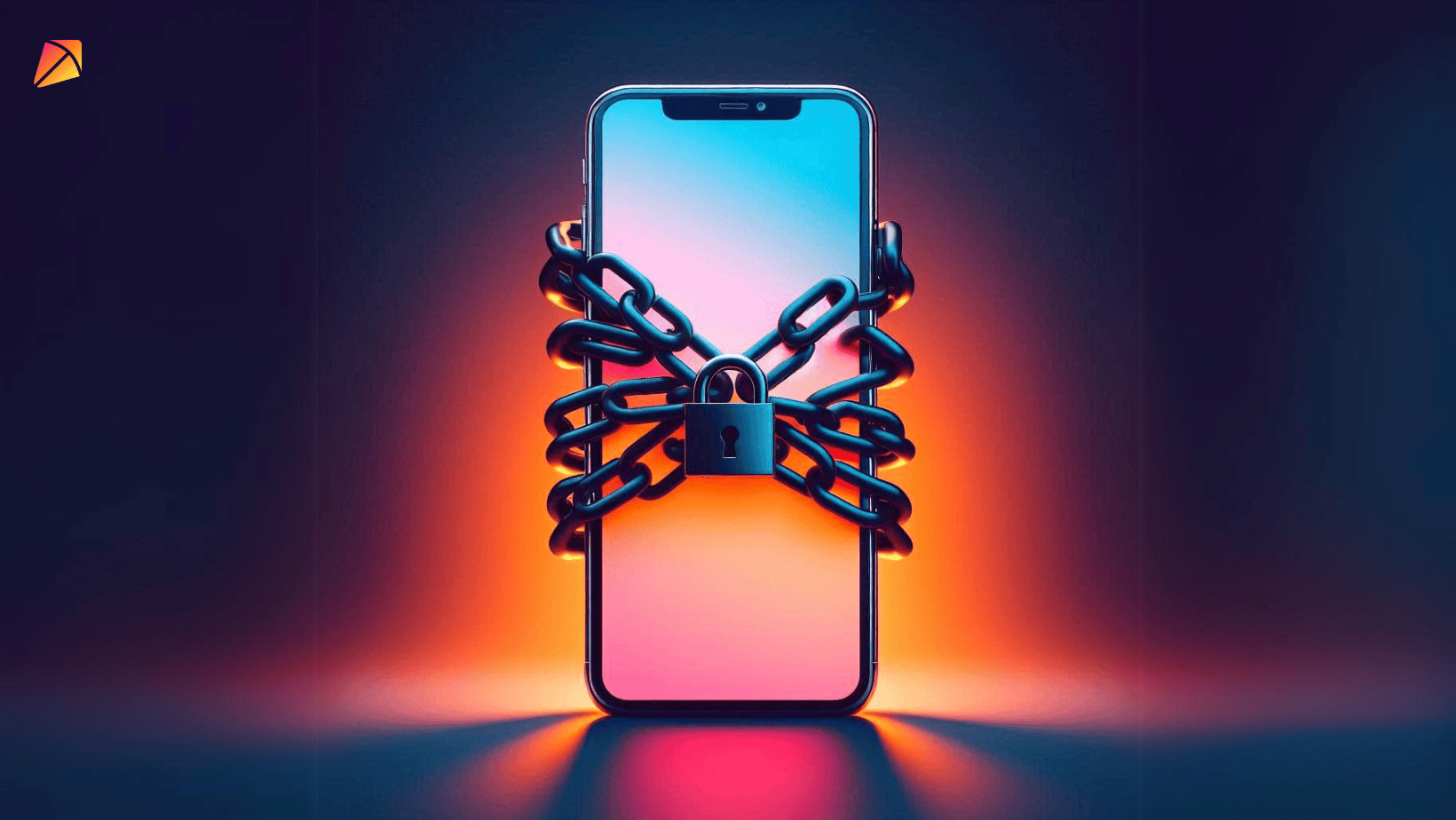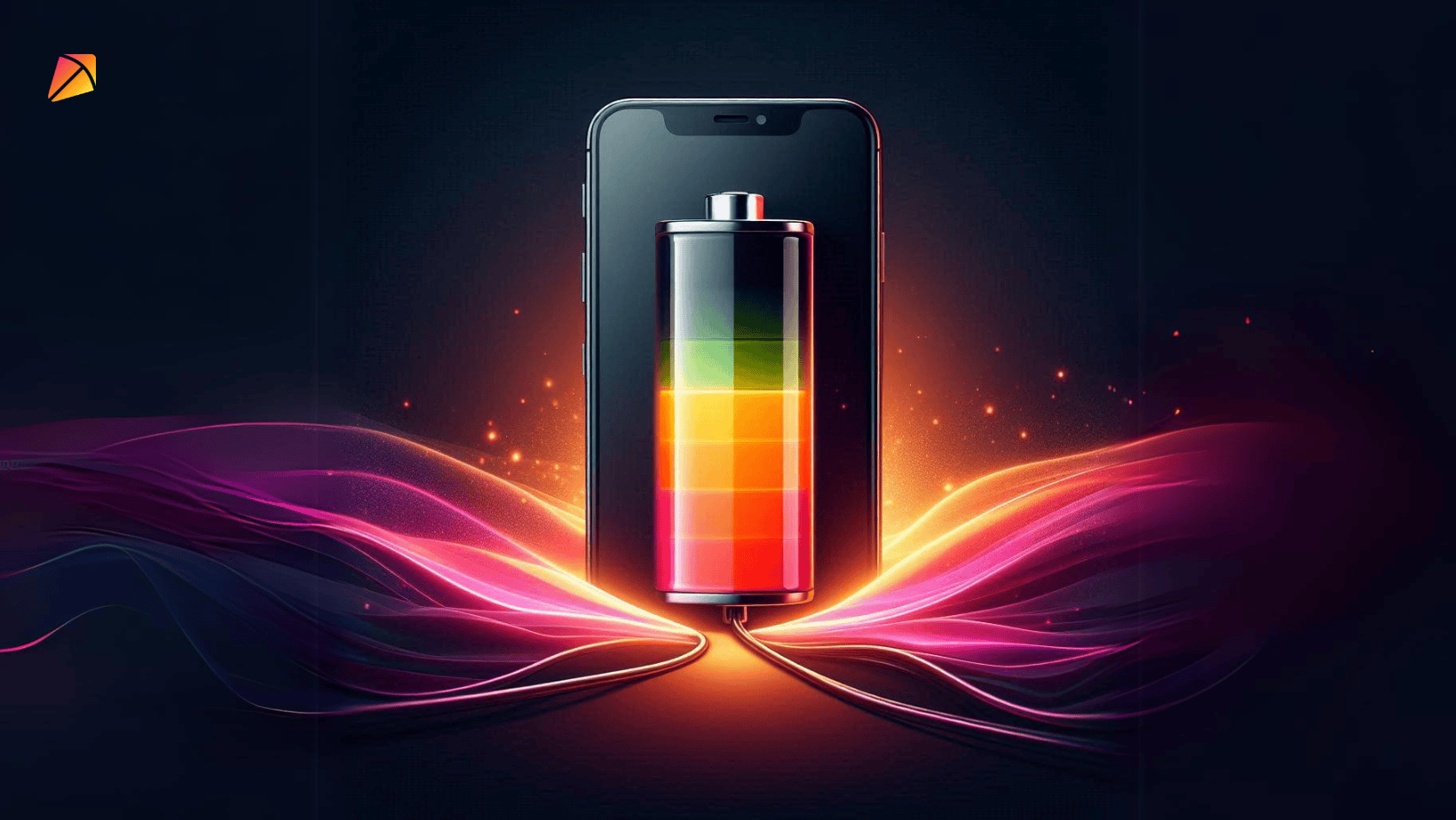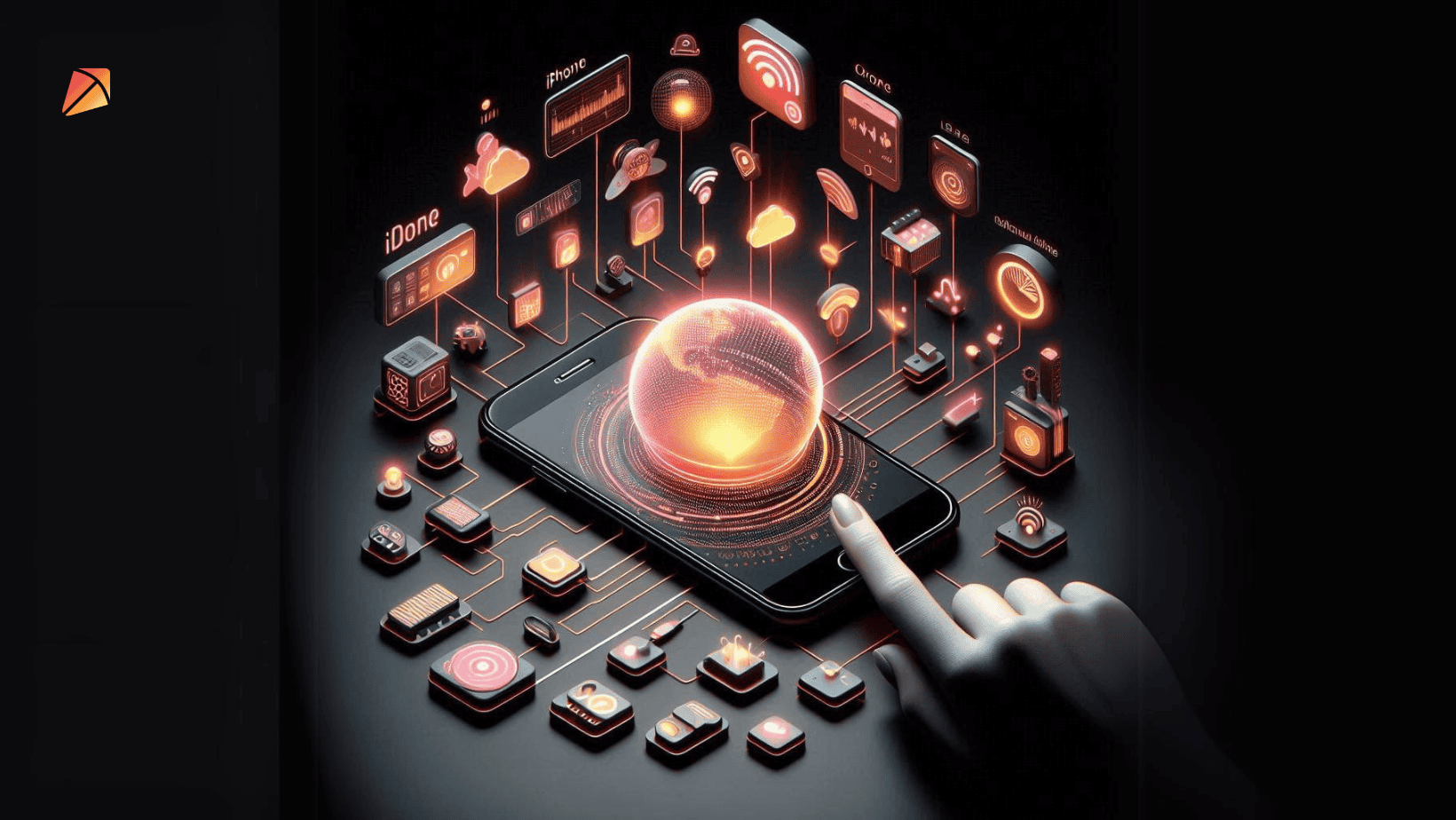Challenges in Developing IoT Mobile Apps and How to Overcome Them
The Internet of Things (IoT) transforms how we interact with the world around us. By connecting everyday devices to the internet, IoT allows for seamless data collection, analysis, and automation across various sectors, including smart homes, healthcare, agriculture, transportation, and industrial automation. However, developing mobile applications that integrate with IoT ecosystems presents a unique set of challenges. These challenges stem from the need to manage complex networks of devices, ensure robust security, and provide a seamless user experience. In this article, we will explore a few challenges developers face in the IoT mobile app development space based on our experience and discuss strategies to overcome them.
1. Diverse Device Ecosystem

Challenge:
IoT encompasses many devices, from sensors and actuators to gateways and cloud platforms. These devices vary significantly regarding hardware capabilities, communication protocols, and operating systems. As a result, developing a mobile app that can effectively communicate with and control a diverse set of IoT devices is a significant challenge.
How to Overcome:
-
Standardization: Developers should use standardized communication protocols like MQTT, CoAP, or HTTP/REST whenever possible. This ensures the mobile app can interact with a broad spectrum of devices regardless of their underlying hardware or software.
-
Modular Architecture: Implement a modular architecture in the mobile app that abstracts device-specific details. By using middleware or IoT platforms that provide a unified API for device interaction, developers can reduce the complexity of dealing with heterogeneous devices.
-
Cross-Platform Development: Use a cross-platform mobile development framework like Flutter. This framework allows developers to write code that can run on both iOS and Android, reducing the time and effort required to support multiple platforms.
We used to have this problem in one of our IoT projects, but it was much easier to maintain different kinds of devices after applying modular architecture.
2. Security Concerns

Challenge:
Security is one of the most critical concerns in IoT, as devices are often interconnected and transmit sensitive data. Mobile apps that interface with IoT systems are particularly vulnerable to data breaches, unauthorized access, and man-in-the-middle (MitM) attacks. Additionally, ensuring user privacy is paramount, especially when dealing with personal data collected by IoT devices.
How to Overcome:
-
Data Encryption: Implement end-to-end encryption for data transmitted between the mobile app and IoT devices. This ensures that even if data is intercepted, it remains unreadable to unauthorized parties.
-
Authentication and Authorization: Use robust authentication mechanisms like OAuth2, JWT, or multi-factor authentication (MFA) to ensure that only authorized users and devices can access the IoT system.
-
Regular Security Audits: Conduct regular security audits and vulnerability assessments of the mobile app and the connected IoT devices. This helps identify and mitigate potential security threats before they can be exploited.
We conduct regular audits on our projects to maximize security and ensure the functionality of our applications. Learn more about audits in one of our previous newsletters.
3. Connectivity and Latency Issues

Challenge:
IoT devices often operate in environments with variable network conditions, leading to connectivity issues and increased latency. Mobile apps that rely on real-time data from IoT devices must gracefully handle these challenges, ensuring that users receive timely and accurate information.
How to Overcome:
-
Local Caching: Implement local caching mechanisms in the mobile app to store data temporarily when the network connection is weak or unavailable. Once the connection is restored, the cached data can be synchronized with the server. This is especially useful when the app displays data from a sensor that may have connectivity issues.
-
Edge Computing: Leverage edge computing to process data closer to the source (i.e., on the IoT device or a nearby gateway) rather than relying solely on cloud-based processing. This reduces latency and ensures that critical functions can still be performed even if the connection to the cloud is lost.
-
Adaptive Data Transmission: Use adaptive data transmission techniques to optimize the data sent over the network based on the current connectivity conditions. For example, the app could reduce the frequency of data updates or display a lower-quality stream during periods of low bandwidth.
-
Proper UI Communication: The application should adequately inform the user about such restraints if the device has limited capabilities or a specified operating range.
4. Battery Life and Resource Constraints

Challenge:
Many IoT devices, particularly those that are battery-powered, have limited processing power and energy resources. Developing a mobile app that efficiently interacts with these devices without draining their battery or overloading their limited resources is a significant challenge.
How to Overcome:
-
Efficient Communication Protocols: Use lightweight communication protocols like MQTT or CoAP that are designed for resource-constrained environments. These protocols minimize the amount of data transmitted, thereby conserving battery life.
-
Power Management Strategies: Implement power management strategies in the mobile app, such as reducing device polling frequency or using push notifications instead of continuous monitoring.
-
Optimization of Code: Optimize the code running on both the mobile app and the IoT devices to reduce computational overhead. This includes minimizing background processes, reducing the complexity of algorithms, and using efficient data structures. Prevent the app from using the device when it is not necessary.
5. Debugging Across Platforms

Challenge:
Debugging issues in IoT applications are particularly challenging. With various devices, operating systems, and network configurations interacting, pinpointing the root cause of a problem can be complex. Issues may arise from the interaction between the mobile app and the IoT devices, device firmware discrepancies, or cloud services that communicate with both.
How to Overcome:
-
Comprehensive Logging and Monitoring: Implement detailed logging across all components of the IoT system. This includes device logs, cloud service logs, and app-level logs. Effective logging will help track the flow of data and can provide insights into where failures occur. Also, use monitoring tools that allow you to visualize the entire ecosystem, helping to identify connectivity issues at a glance.
-
Broad Testing: Issues often occur in a specific hardware or environment setup. Organizing tests that recreate as many of those setups as possible might help recreate the issue and provide a starting point for further investigation. Use the power of automated testing and device farms to have a wider variety of setups.
-
Collaboration and Communication: Brainstorming between different platform teams helps more. Open communication can boost or even resolve issues tackled by a specific platform for a while.
Conclusion
Developing IoT mobile apps is a complex and multifaceted process that presents numerous challenges, from managing diverse device ecosystems to ensuring security and proper user experience. However, by adopting best practices such as using standardized protocols, leveraging cloud-based infrastructure, and prioritizing security, developers can overcome these challenges and create robust and user-friendly IoT mobile apps.
The rapidly evolving IoT landscape demands that developers stay informed about the latest trends and technologies, emerging security threats, and regulatory requirements. Continuous learning, innovation, and a focus on user-centric design are essential for success in this dynamic field. By addressing the challenges outlined in this article and implementing the suggested strategies, developers can position themselves to deliver high-quality IoT mobile apps that meet users' needs and drive the adoption of IoT technologies across industries.
September 03, 2024 / Posted by:
You May Also Like